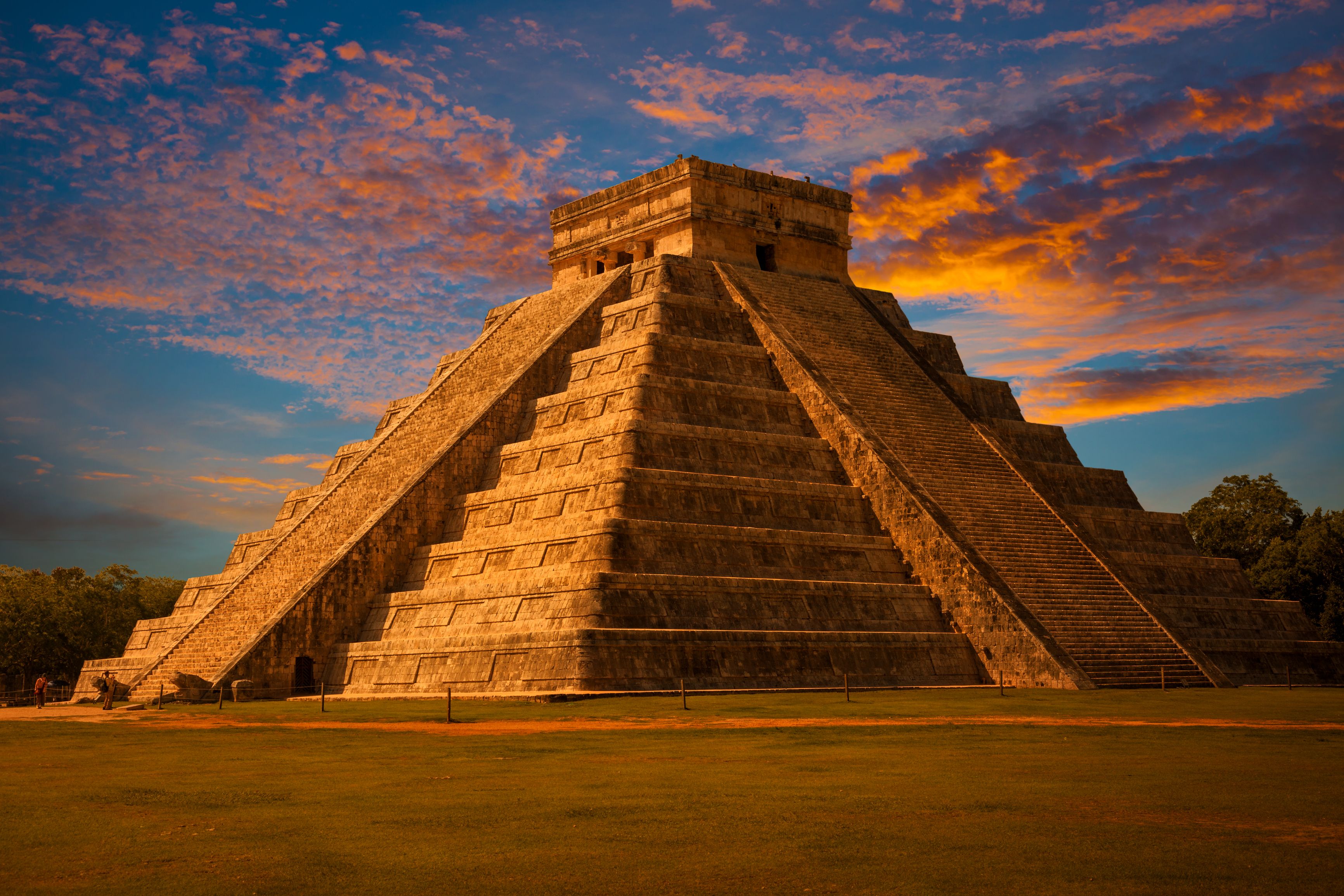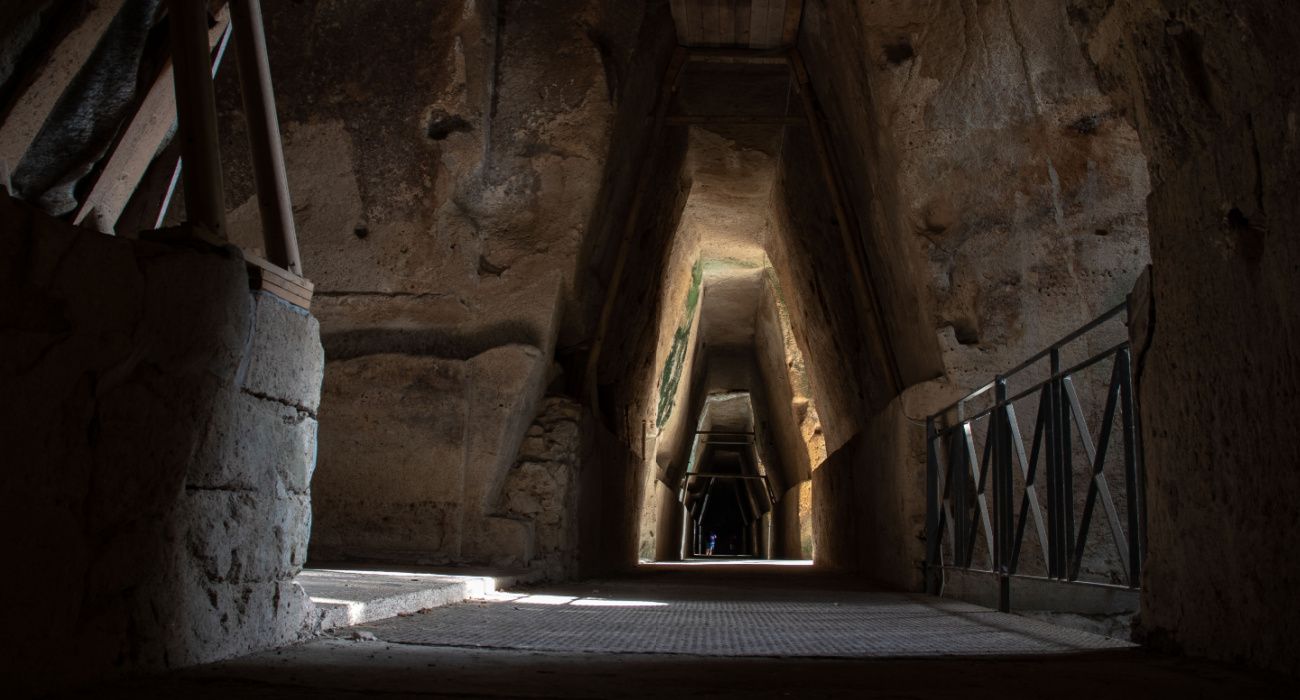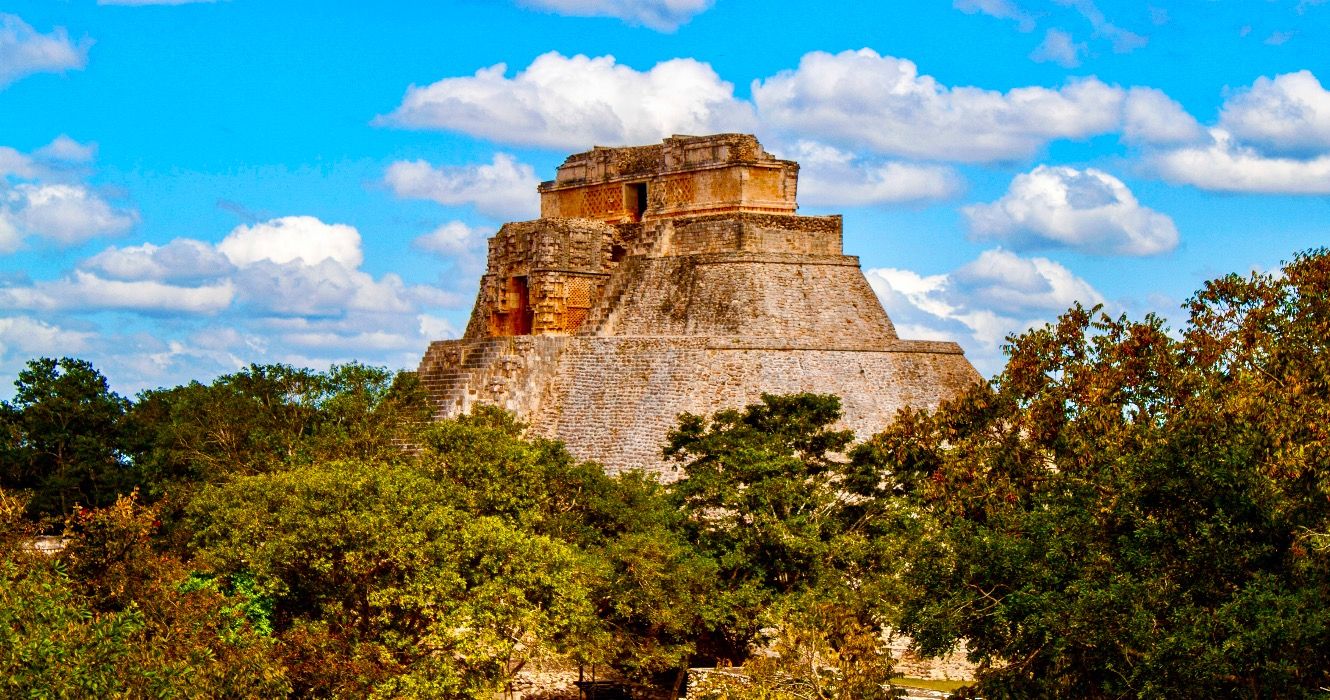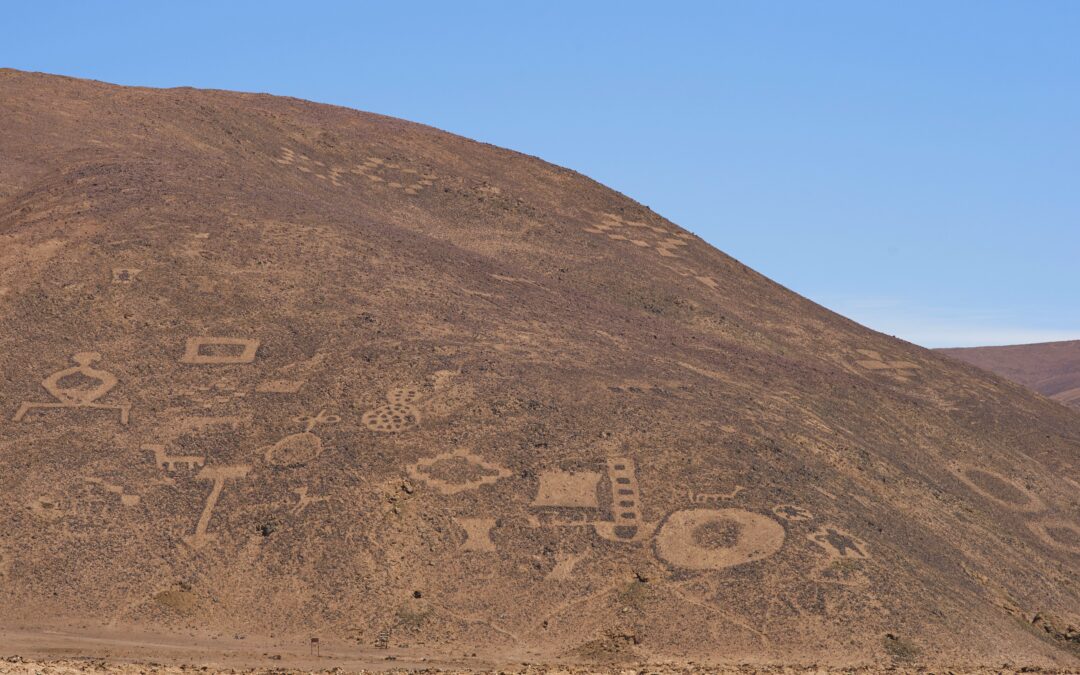Chile may not be considered one of the countries with the world’s largest deserts, however Atacama has its points of interest. Historical desert geoglyphs stand as outstanding testimonies to human inventive expression and cultural significance, with a number of the most notable examples discovered within the Atacama Desert.
These huge floor drawings, created between 900 and 1450 CE, characterize a rare feat of historic engineering and inventive imaginative and prescient, serving as necessary cultural markers which have survived for over a millennium.
The Atacama Desert is without doubt one of the few places in the world where travelers can see megalithic structures as they initially had been constructed. Throughout lots of of years, these historic desert geoglyphs have denied the ravages of climate and people.
Sadly, that point appears to be coming to an finish. Latest human exercise has led to extreme and irreparable degradation of those historic websites. Let’s have a look at what’s been happening with a number of the oldest rock carvings on the planet.

Associated
This Is What’s Really Hidden Inside The Ancient Mayan Pyramids
The Historical Mayan Pyramids are extra than simply lovely architectural wonders to see. Additionally they contained surprises hidden inside.
Origins Of Desert Artistry At A Large Scale
Constructed earlier than recorded historical past
Indigenous peoples of the Atacama area developed subtle strategies for creating these monumental artworks, fastidiously eradicating darker floor rocks and pebbles to disclose lighter sandy layers beneath. This makes the location completely different from different megalithic buildings like Gobekli Tepe, which is still being excavated and has had recent discoveries.
These geoglyphs served a number of functions, functioning as vital navigational markers alongside commerce routes between the Oasis of Pica and the Pacific Coast whereas additionally holding deep cultural and presumably astronomical significance.
The strategic placement of those designs alongside migration paths suggests a posh understanding of the panorama and human motion patterns. On the similar time, their huge scale signifies these historic societies’ superior planning and organizational capabilities.
Environmental Preservation Miracle In The Desert
The desert local weather serves as a good way to protect geoglyphs
Some ancient ruins are the oldest in the world and require particular situations to outlive lots of of years intact. The extraordinary preservation of those geoglyphs will be attributed to the Atacama Desert’s standing as one of many world’s most arid environments.
These artworks have remained remarkably intact for hundreds of years with minimal rainfall and steady geological situations. The desert’s distinctive microclimate, characterised by extraordinarily low humidity and rare precipitation, has successfully fossilized these cultural artifacts in time, permitting fashionable students to check and doc these invaluable items of human heritage.

Associated
This Underworld Cave Is A Mystical Ancient Roman Site
Go to the paranormal Cave of Sibyl in Naples and uncover the the traditional underworld.
Fashionable Threats And Injury
Modern human actions pose unprecedented dangers
Totally different archaeological websites have completely different preservation challenges. For instance, the assorted challenges and successes behind Pompeii’s incredible conservation required the location to be preserved in a specific manner. Preserving this web site within the Atacama Desert faces completely different challenges.
In recent times, escalating injury to those irreplaceable artifacts has been witnessed, primarily from unauthorized vehicular exercise. Off-road fanatics, including 4x4s, quadbikes, and motorcycles, have created harmful tracks throughout these historic designs. Mining operations within the area have additional sophisticated preservation efforts, with heavy equipment and elevated site visitors contributing to the deterioration of those cultural websites.
Going through Conservation Challenges
Safety efforts face a number of obstacles
Archaeological authorities and preservation teams face important challenges in defending these endangered websites. Since 2021, the Regional Museum of Iquique has formally documented and reported damages to authorized authorities, emphasizing the prison nature of destroying nationwide monuments.
Whereas warning indicators mark protected areas across the Alto Barranco geoglyphs, enforcement stays tough because of the huge desert panorama and restricted sources for monitoring. The irreversible nature of the injury provides urgency to the necessity for more practical preservation methods.

Associated
Everything Confirmed So Far About The Maya Train Stations Opening Up To Ancient Sites
Regardless of delays, the Maya Practice should still be on track to be totally purposeful in 2024. This is every little thing we all know thus far.
Future Preservation Initiatives
Specialists suggest complete safety measures
Conservation consultants are creating multi-faceted approaches to guard these weak websites for future generations. Proposed measures embrace enhanced surveillance systems, stricter enforcement of entry restrictions, and elevated academic outreach to boost consciousness in regards to the cultural significance of those historic artworks. Collaboration between native authorities, archaeological establishments, and indigenous communities goals to create more effective protection strategies whereas making certain these necessary cultural heritage websites stay accessible for scientific research and cultural appreciation.



Recent Comments